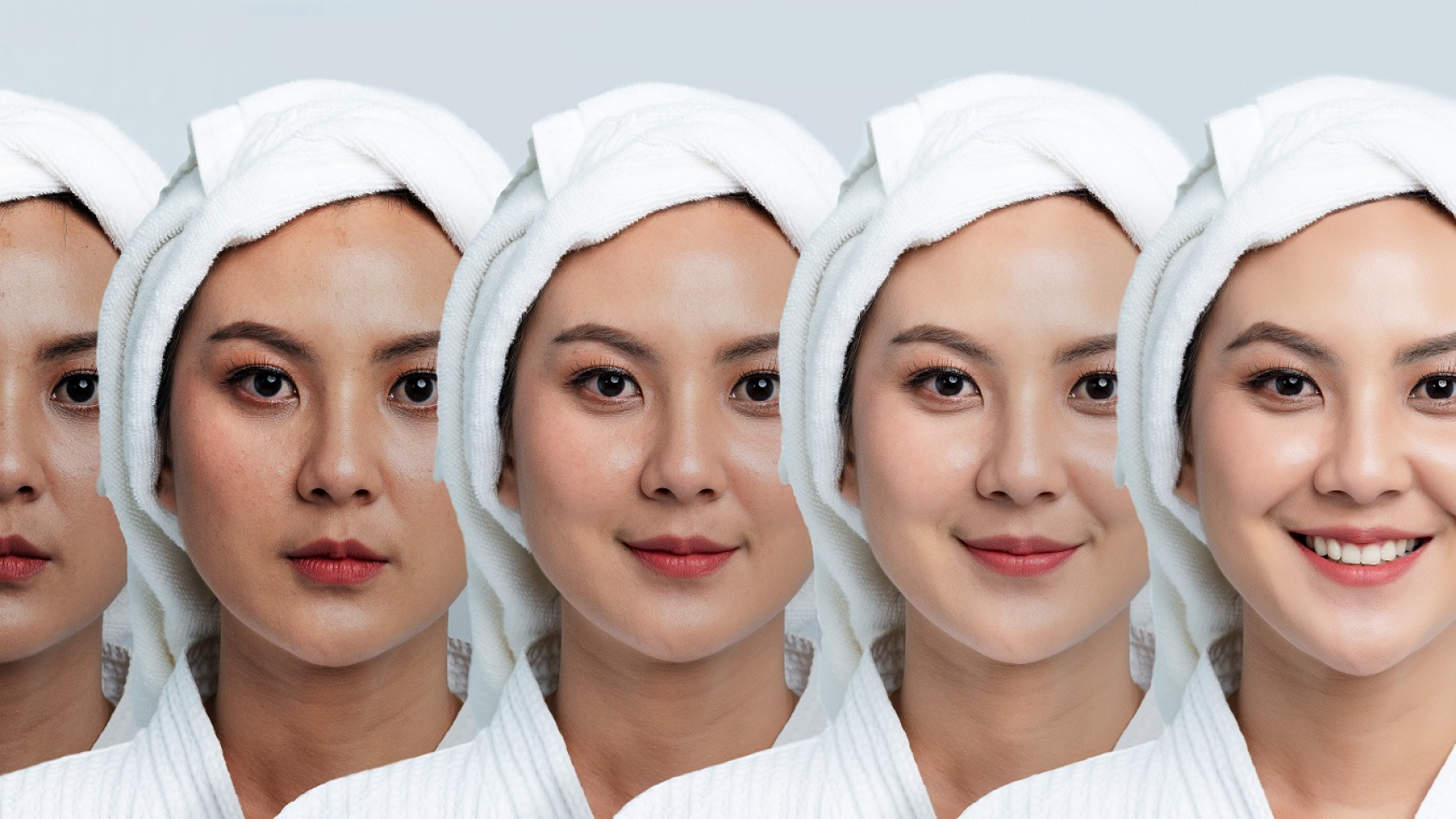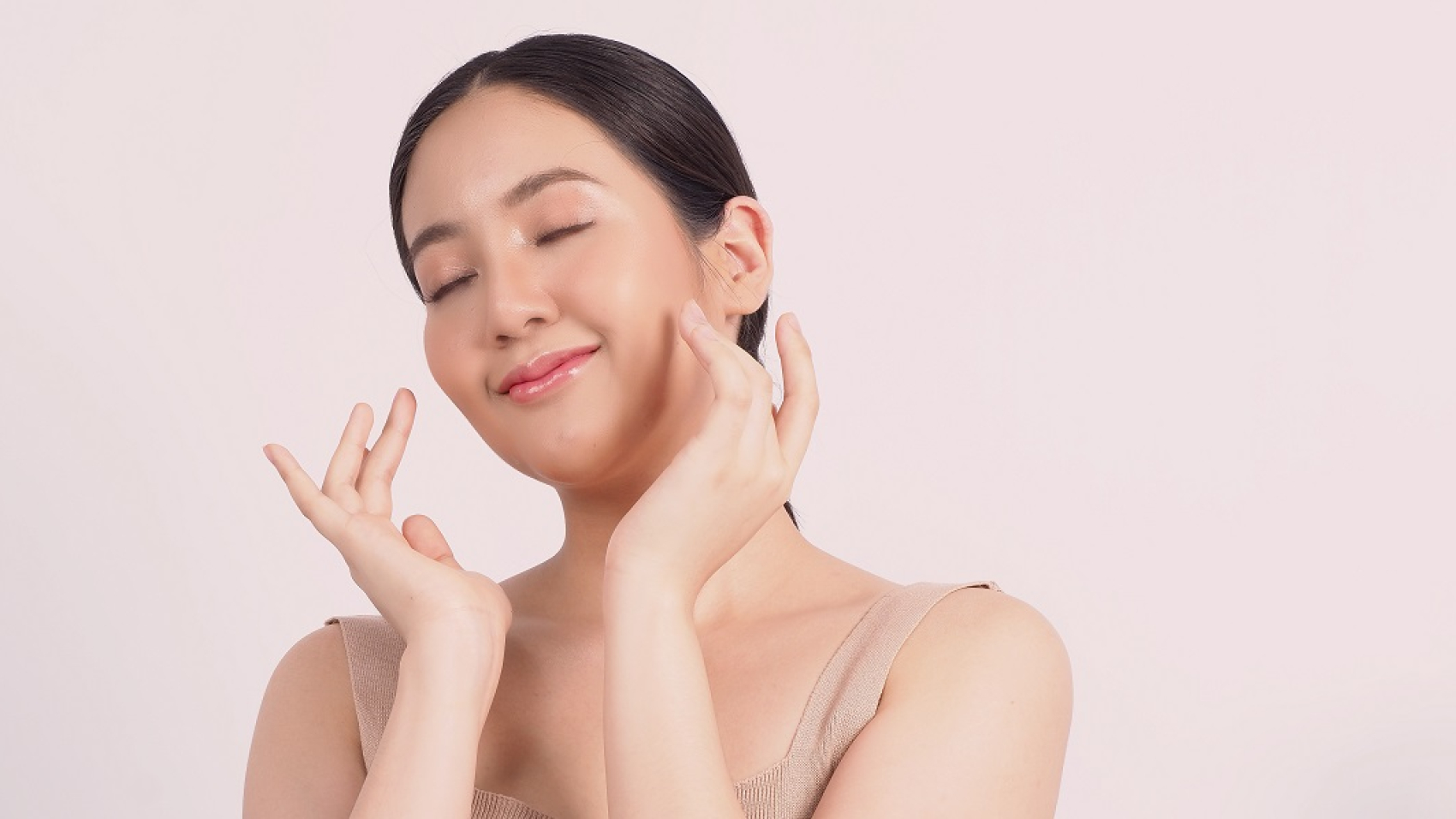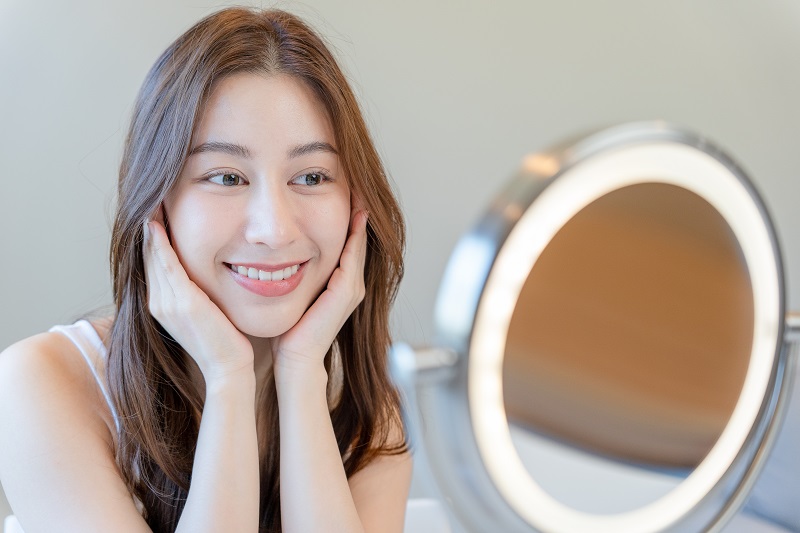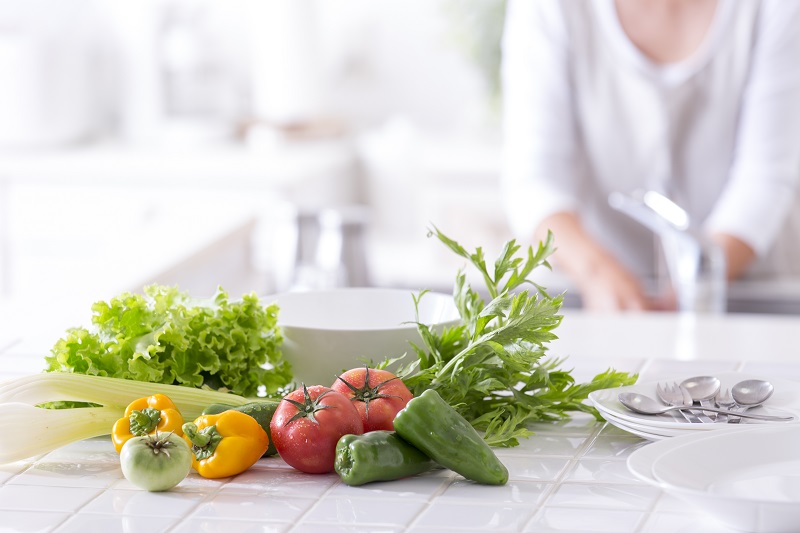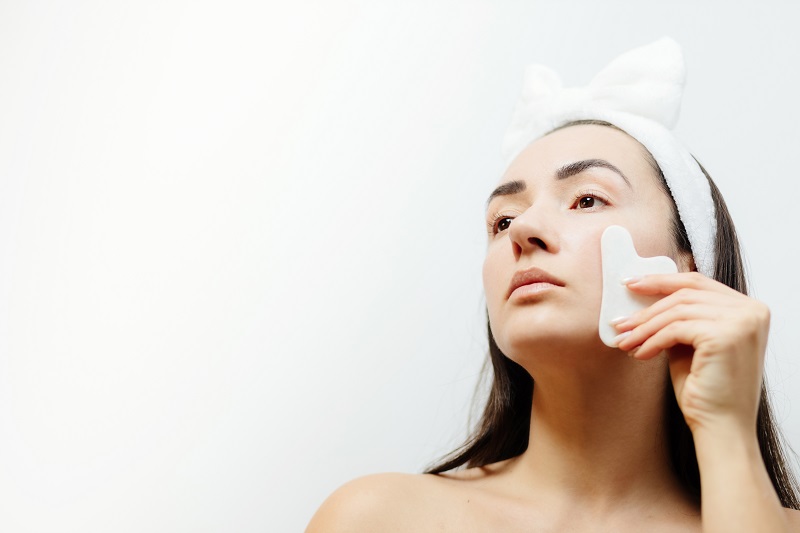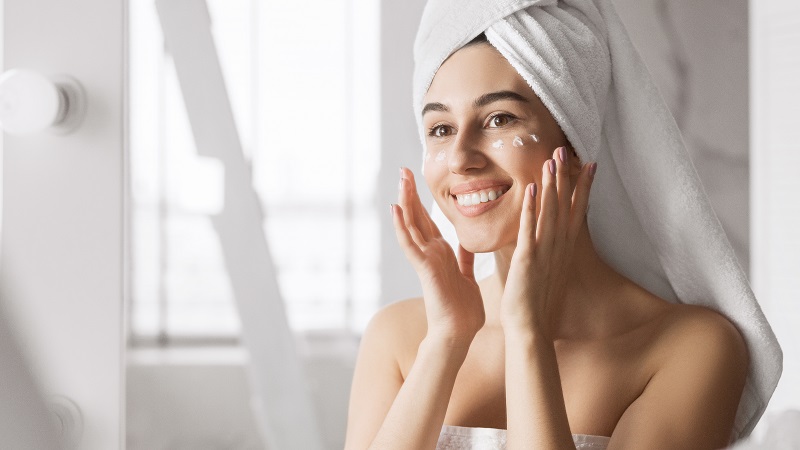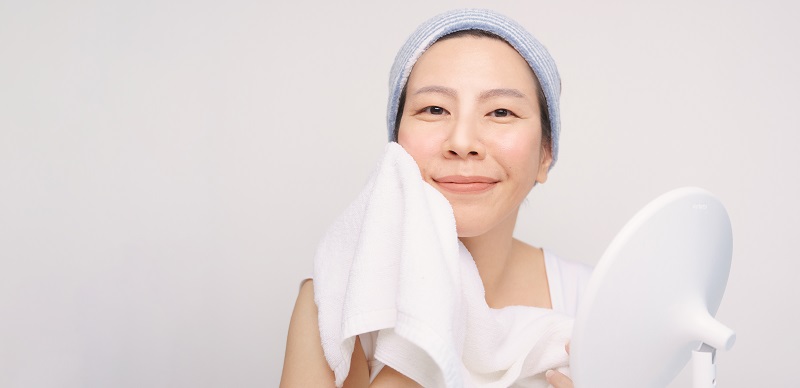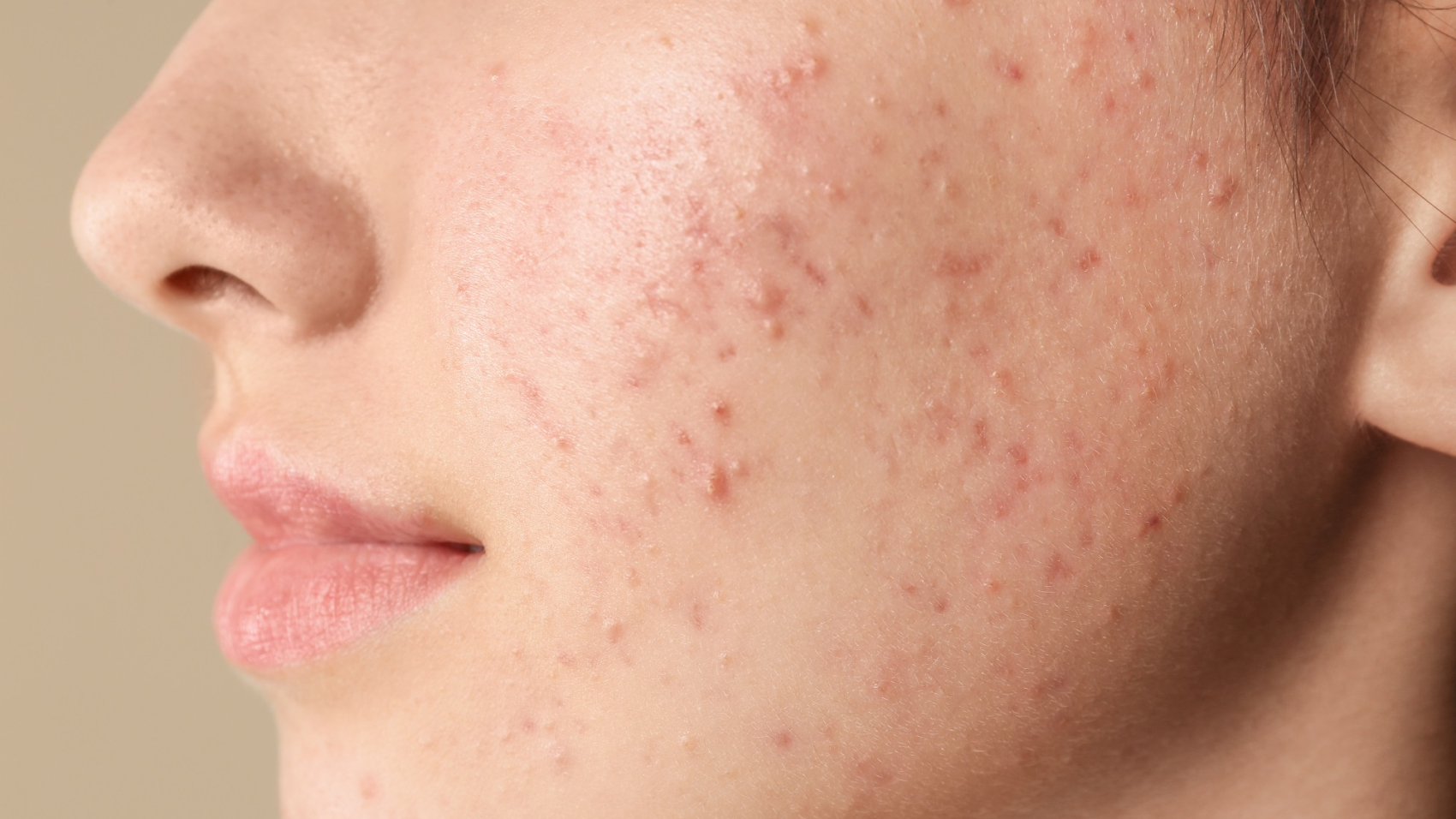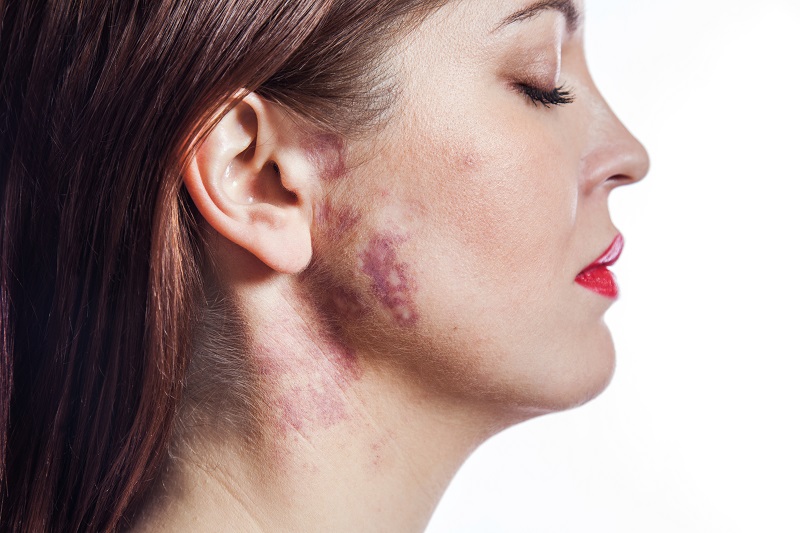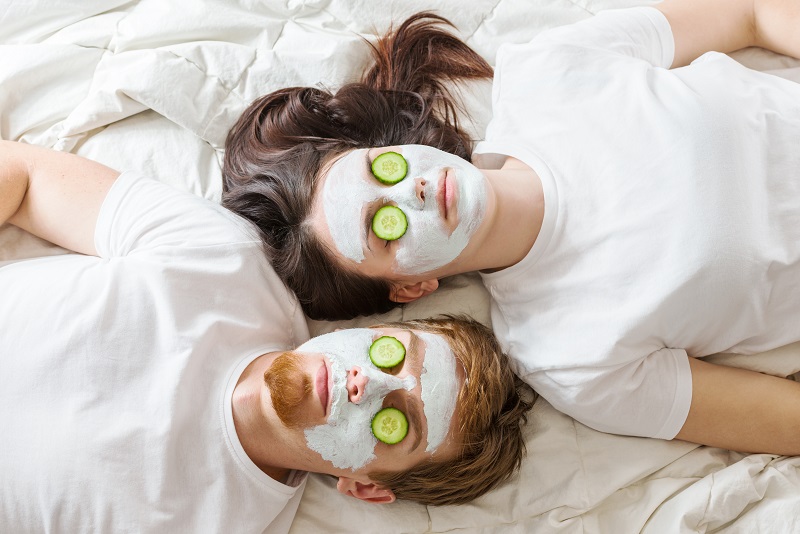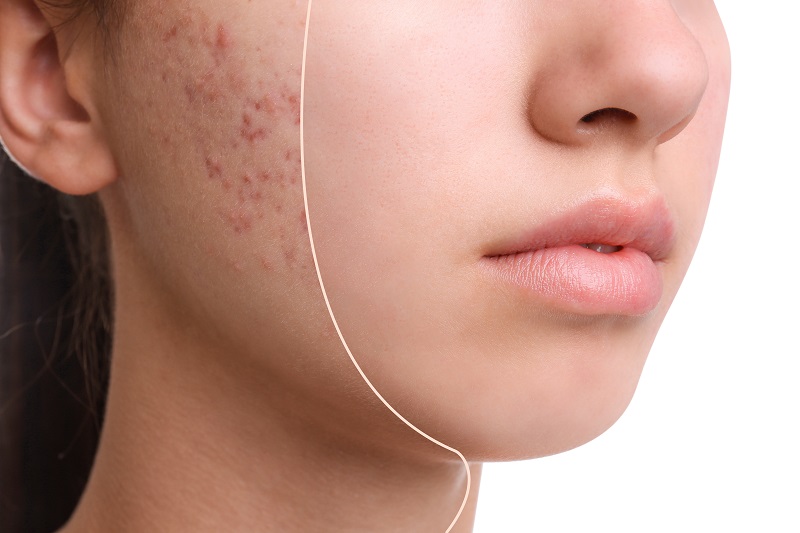As you get older, your skin begins to tell you a story of how your summer days were spent in the sun, puberty, and every time you smile. The changes to your skin are not always positive. Even major weight gain or decrease can warrant its own chapter. Without a doubt, your skin can serve as physical proof of a well-lived existence.
Wrinkles, acne scars, freckles, sunspots, and cellulite can be treated with skin rejuvenation. Did you know that having smooth, clear, and even skin could improve your overall appearance? Continue reading to learn more about skin rejuvenation treatments and which one is suitable for you.
SKIN REJUVENATION TREATMENT
A skin rejuvenation treatment is also known as skin resurfacing. It restores a more youthful, beautiful appearance by removing the most damaged outer layers of the skin to reveal the better skin beneath and fostering the development of new, healthy skin cells.
TYPES OF SKIN REJUVENATION TREATMENTS
For your information, there are extremely advanced and high skin rejuvenation treatments being tested in the West and Singapore.
The great aspect about these techniques is that most of them do not require surgery. Dermatologists use a variety of skin rejuvenation treatments to address a wide range of skin issues.
Below is a more detailed list that you can refer to in order to understand more about your skin rejuvenation therapy options:
1) Chemical Peels
A chemical peel is a skin resurfacing treatment that involves applying a solution that causes the skin’s outer layers to peel away. The skin will be smoother after the treatment is complete.
Chemical peels are known to tighten, tone, and brighten the skin. They also decrease or reduce discolouration, age spots, or blotchiness by exfoliating the top layer of skin as well as the dark spots with glycolic acid and salicylic acid, which speeds up the skin lightening process.
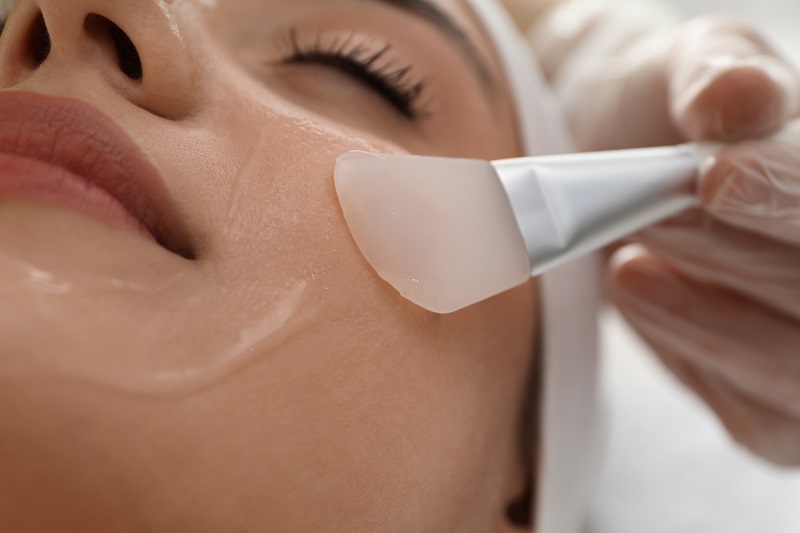
There are two types of Chemical peels which are:
a) Light chemical peels that use a moderate solution such as alpha hydroxy acid, glycolic acid, or fruit enzymes. This treatment only penetrates the skin’s outer layers.
b) Deep chemical peels that penetrate the deepest layers of the skin. Some treatments are complex and may need surgery.
Please note that it is normal for you to experience redness in the treated area for several days after treatment.
2) Laser Skin Resurfacing
Laser resurfacing, also known as laser peel and laser vaporization, helps in the healing of scars, blemishes, and face wrinkles. Laser resurfacing eradicates tiny layers of skin by combining light and heat radiation. The laser will remove the top layer of skin while heating the underlying layers. This boosts the growth of new collagen fibres, resulting in smoother new skin growth.
During skin rejuvenation treatments, two kinds of lasers are used:
a) Ablative lasers which use intense light to remove the outer layers of sun-damaged or aged skin.
b) Non-ablative lasers which utilise just enough light to improve the appearance of scars, sun-damaged skin, wrinkles, and dark circles without damaging the skin’s surface.
Note that the recovery time might differ from a few days to a few weeks, depending on the type of laser performed.
3) Microdermabrasion
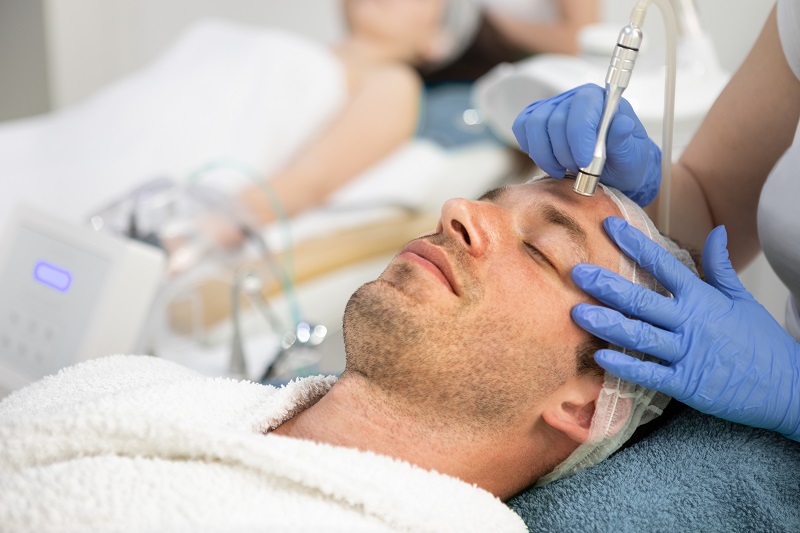
A microdermabrasion treatment involves exfoliating an area with an abrasive particle vapour. After that, the exfoliated skin is vacuumed away. This treatment is suitable for all skin types and has a low risk of negative effects.
Microdermabrasion can help to reduce wrinkles and fine lines. It also lightens and improves skin tone while reducing age spots and moderate acne scars. To achieve the optimum results, this treatment can be done in a single sitting or over a series of sessions.
4) Botox
Botox also known as Botulinum Toxin Type A is a treatment that weakens specific muscles by blocking nerves. It can help to smooth out facial wrinkles in skincare.
Some of the side effects of Botox treatments involve:
- Swelling in the injection area
- Pain
- Bruises
The effects can last from three to twelve months, depending on which/what area is being treated.
5) Microneedling
Microneedling is a treatment that is proven to accelerate the production of elastin and collagen. Some chemicals are administered to the skin during this treatment. Hyaluronic acid and ascorbic acid are two examples.
It is used prior to or after treatment to ensure deep penetration into the skin. The dermatologist will then use an equipment containing small, sharp, thin needles to puncture the skin. This procedure is known to be painless.
Microneedling treatment can help in the recovery of our skin from:
✔ Large pore size
✔ Sun damage
✔ Hyperpigmentation
✔ Acne
✔ Scars
✔ Skin texture problems
6) Dermal Filler
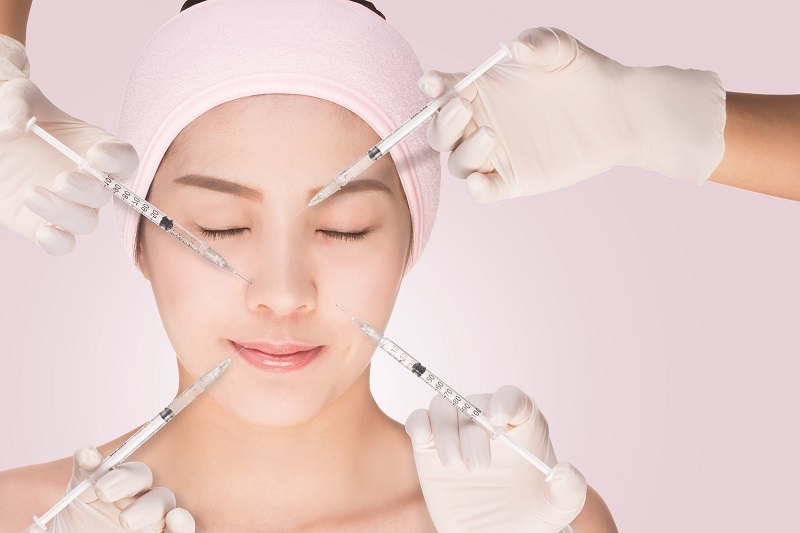
Dermal fillers are gel-like substances injected beneath the skin to help restore facial volume and fullness. They can also help in the removal of facial wrinkles for senior citizens while helping the younger ladies restore cheekbones and sharpen a flat nose without surgery. Dermal fillers are often used to elevate brows, and fill in the temples.
7) IPL (Intense Pulse Light)
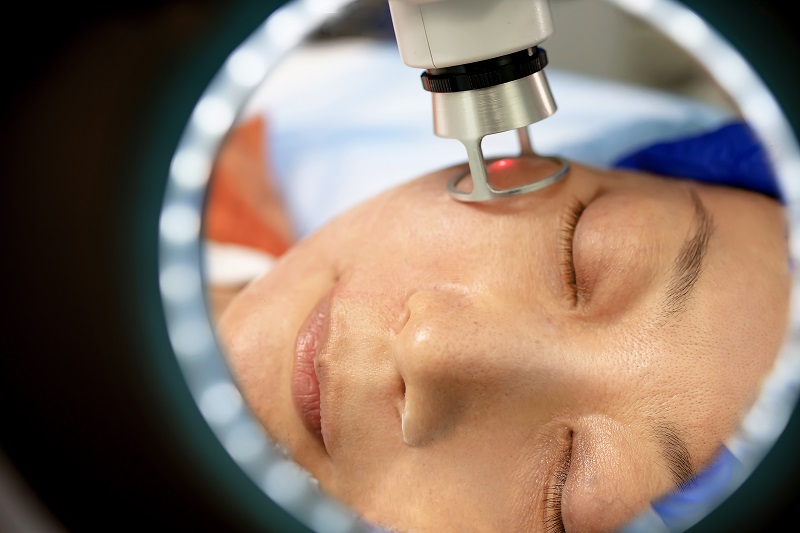
IPL is a treatment similar to laser resurfacing in that it employs light to cure skin problems, particularly to help rejuvenate the complexion and remove pigmentation issues. IPL involves a broad range of light wavelengths that briefly pulse the skin. The light then absorbs excess pigment in the skin, resulting in a more even complexion. It also stimulates collagen growth, which helps to enhance overall skin tone. This treatment involves no skin removal.
IPL treatments can be used to treat the following skin conditions:
- Sun damage
- Hyperpigmentation
- Freckles
- Redness
- Age Spots
- Texture problems
- Fine lines
POPULAR REJUVENATION TREATMENT AVAILABLE IN SINGAPORE
Have you noticed certain Celebrities that do not seem to age and have always been looking youthful from the beginning of their careers to the present? Do you realize that the trick to keeping those celebs looking young is rejuvenation treatments?
If you are keen to try, fret not! Today, we may enjoy the same treatment in Singapore. One of the most popular rejuvenation treatments that are available in Singapore to date is Laser Skin Resurfacing.
Laser Skin Resurfacing
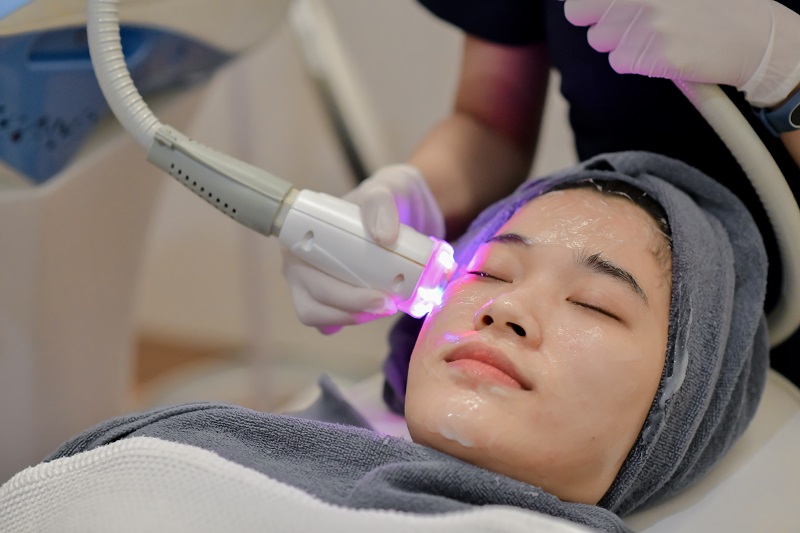
Most of the superstars in the world have all had laser resurfacing treatments. Have you noticed how they all have imperceptible wrinkles and tightened skin?
You can have the same type of skin in Singapore! It is available in most of the dermatologists’ clinics. It typically costs $150 a session and the treatment can be done within a short period – as short as 15 minutes, depending on the area of treatment.
In short, skin rejuvenation treatments can rejuvenate and heal your skin. The results of a skin rejuvenation treatment will differ based on the treatments and the individuals.
Remember to discuss your goals, past and present medical history, and any concerns with a competent dermatologist. Your dermatologist can assist you in determining the best therapy and plan for you.
